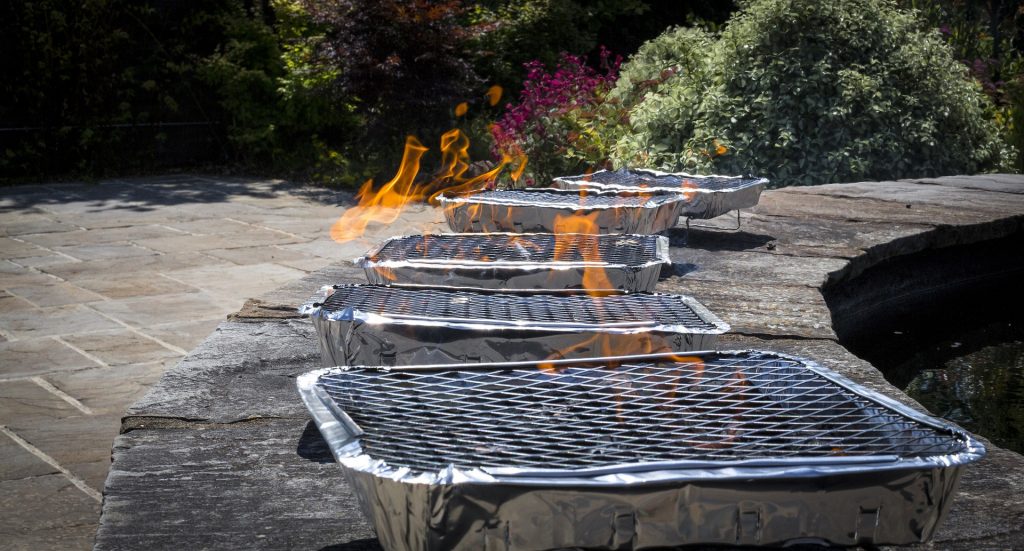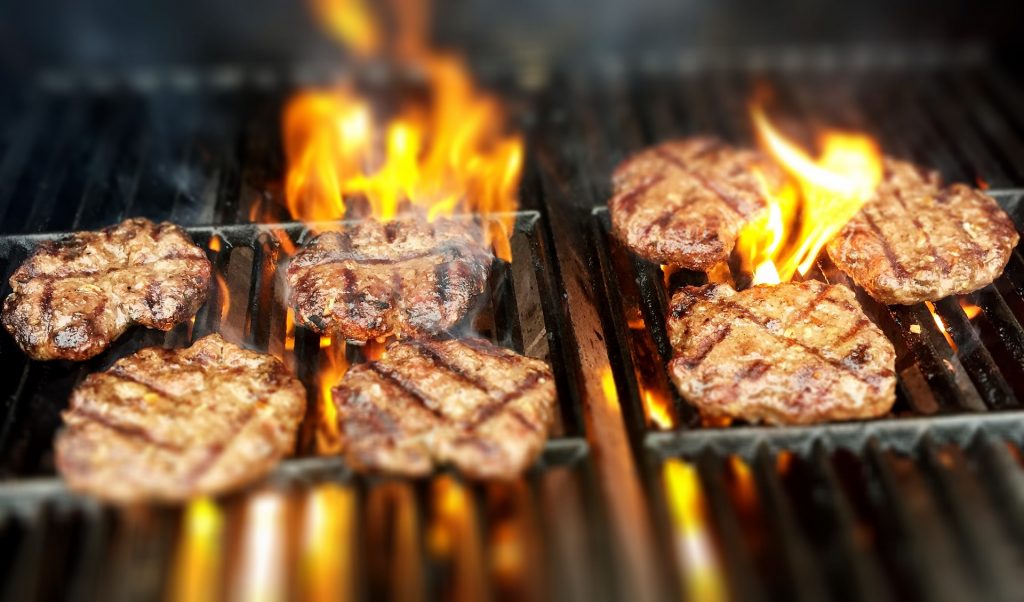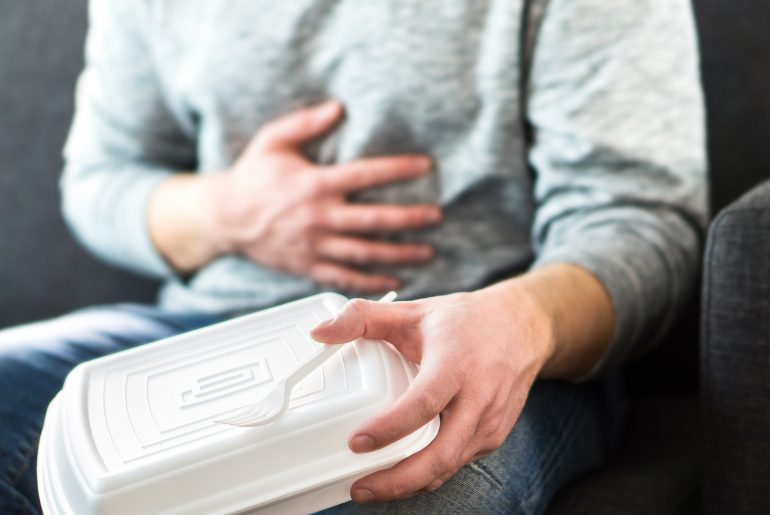Summer is a big season for food poisoning. All of those backyard parties and picnics can lead to some pretty questionable food handling habits. One in six Americans — about 48 million people — will deal with some type of foodborne illness this year, according to the Food and Drug Administration (FDA). That means you’ve ingested bacteria, viruses or parasites that can really do a number on your body. But how do you distinguish funky food from a safe snack, and how do you know it’s not some other ailment?
Food poisoning symptoms
According to the Mayo Clinic, your food poisoning symptoms will differ depending on what your food was contaminated with, as well as your age. Very young or elderly people, pregnant women and those with weaker immune systems or chronic diseases face a high risk in contracting a foodborne illness, but food poisoning can affect anyone. Here are some common systems of food poisoning that may pop up several hours or up to three days after you’ve eaten the problem food:
- Nausea
- Loss of appetite
- Vomiting
- Diarrhea
- Fever
- Fatigue
- Dehydration (dry mouth or lightheadedness)
4 reasons you might have food poisoning
Unfortunately you can’t tell if you have food poisoning from symptoms alone. But consider what you’ve eaten over the past few days and you may get a hunch.

1. Ask yourself: Was your food at the right temperature?
Pasta salad, potato salad, deviled eggs — all notorious carriers of foodborne illness. But grilled chicken or meat, and pretty much anything perishable puts you at risk if it wasn’t kept at a safe temperature.
What you should do: Perishable foods should only be kept out for a maximum of two hours — just one hour if the temperature exceeds 90ºF, according to the FDA. If you’re unsure how long a dish has sat out, it’s always best to skip it.

2. Ask yourself: Did the grilling get a little questionable?
You may have cooked your chicken to the safe internal temperature of 165ºF (145ºF for red meat), but how you handle it is just as important. Did you repurpose cutting boards for different food items? Did you put the grilled meat back on the same plate it was on while raw? Both of these things mean a good chance you’ve exposed yourself to E. coli.
What you should do: If storing foods in the fridge, wrap tightly in plastic bags or solid containers, since raw foods can always drip and contaminate other items. Always use separate cutting boards for raw meats and produce, and be sure to put cooked chicken, meat or veggies on a clean plate. And always wash your hands.

3. Ask yourself: Was the water clean where I was?
If you’re in the U.S., chances are this isn’t a major concern, but food poisoning is common when traveling. Mexico, Central America, Africa, Asia, and the Middle East are all areas where you’ll want to skip the tap water. But don’t forget this means skipping the raw fruits, vegetables, salads, and ice cubes as well, since they’re rinsed with, or made of, tap water.
What you should do: Bring your own water if possible, or bring a water filtration system with you that you can refill your water bottle with each night at your hotel room. Alternatively, order bottled water and make sure it’s been imported.

4. Ask yourself: Did I check the use-by-date?
When you’re hunched over the toilet this one can be tough to stomach, but sometimes a sign of danger was right in front of you. Don’t ignore use-by-dates. Sure, you may think them conservative, but they are printed there to help you avoid getting sick.
What you should do: The smell test isn’t going to save you from food poisoning. Always check use-by-date before eating them or preparing them with other foods. Vegetables and leafy greens, rice, fish and shellfish, deli meats, dairy, eggs, fruit, and sprouts are all common vehicles for foodborne illnesses, according to Healthline, and their packaging dates should be taken seriously. Don’t ignore them or you could be paying a pretty unpleasant price later.
when should you see a doctor?
In most cases, food poisoning is pretty mild. Symptoms should clear up in a day or two. Drink lots of fluids and remember the BRAT diet Mom used to tell you about: Bread, Rice, Applesauce, Toast. Get plenty of sleep and you should feel better.
If you find that you can’t hold liquids down, there’s blood in your stool, or you have blurry vision or allover weakness, a temperature, or if your diarrhea or other symptoms last more than three days, it’s time to see a doctor, according to the Mayo Clinic. Food poisoning can result in other health complications, so make an appointment and get in ASAP.
For more information about food safety, call FDA’s Food Information Line at: 1-888-SAFEFOOD.
ALSO TRY: Back to School Food Safety.




